A new exhibition at the International Center of Photography brings together portraits of famous faces by Tacita Dean, Brigitte Lacombe and Catherine Opie
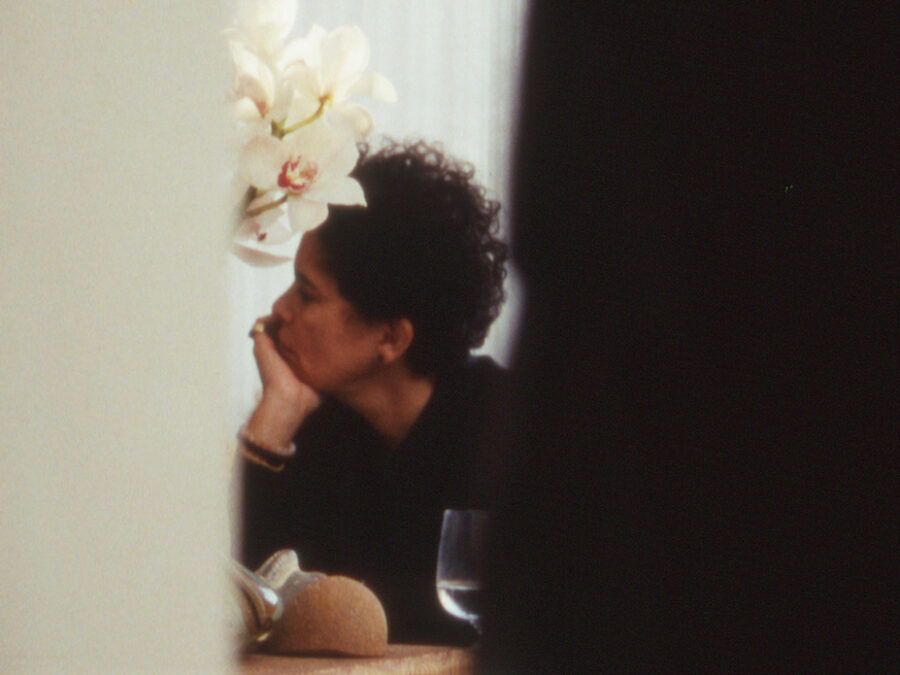

A new exhibition at the International Center of Photography brings together portraits of famous faces by Tacita Dean, Brigitte Lacombe and Catherine Opie
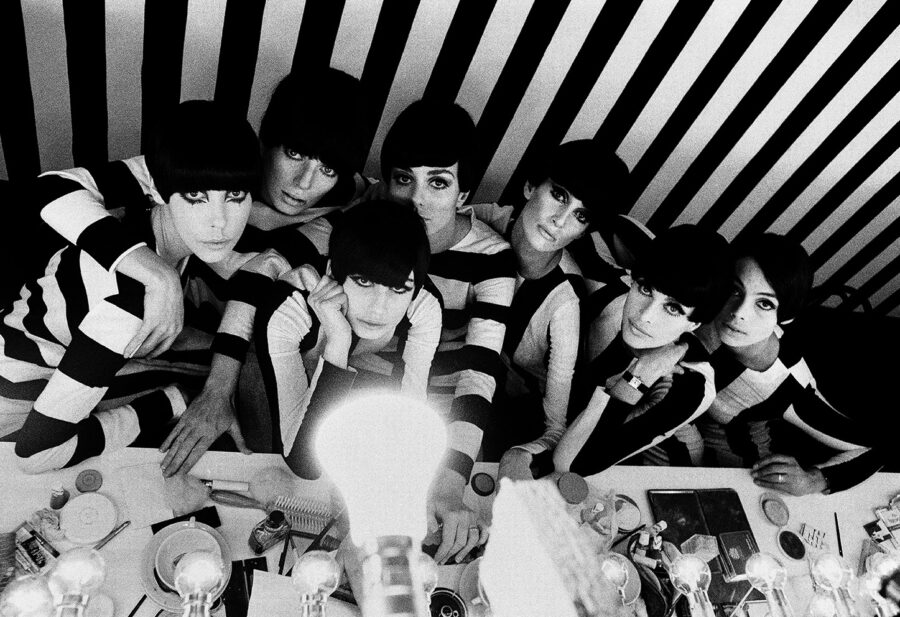
As the definitive book of the late photographer’s career lands, collaborator and ICP curator David Campany reflects on Klein’s restless, polymathic genius
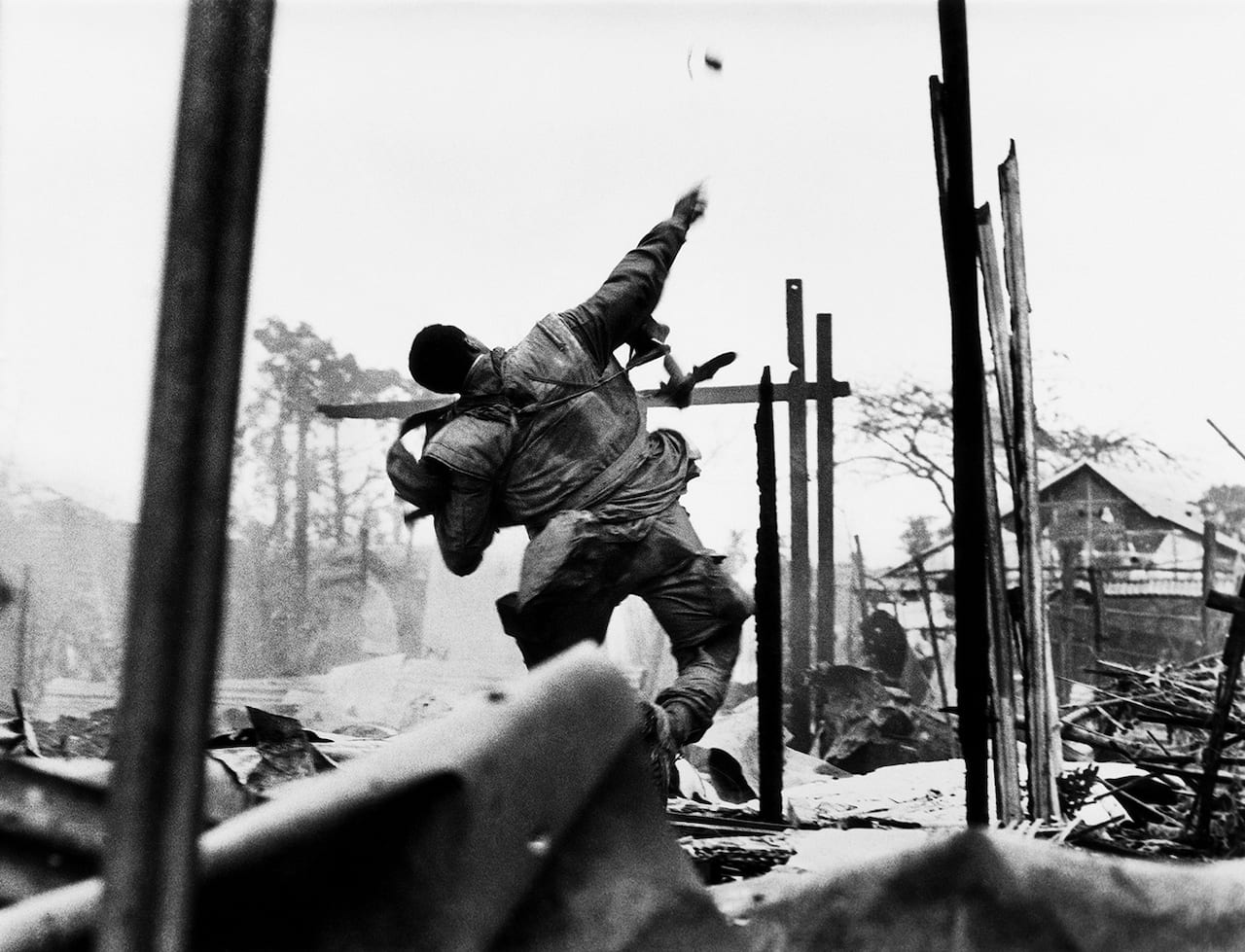
Don McCullin, Hannah Reyes Morales, Nadine Ijewere, and The 1619 Project are recognised in a new series of films and online galleries
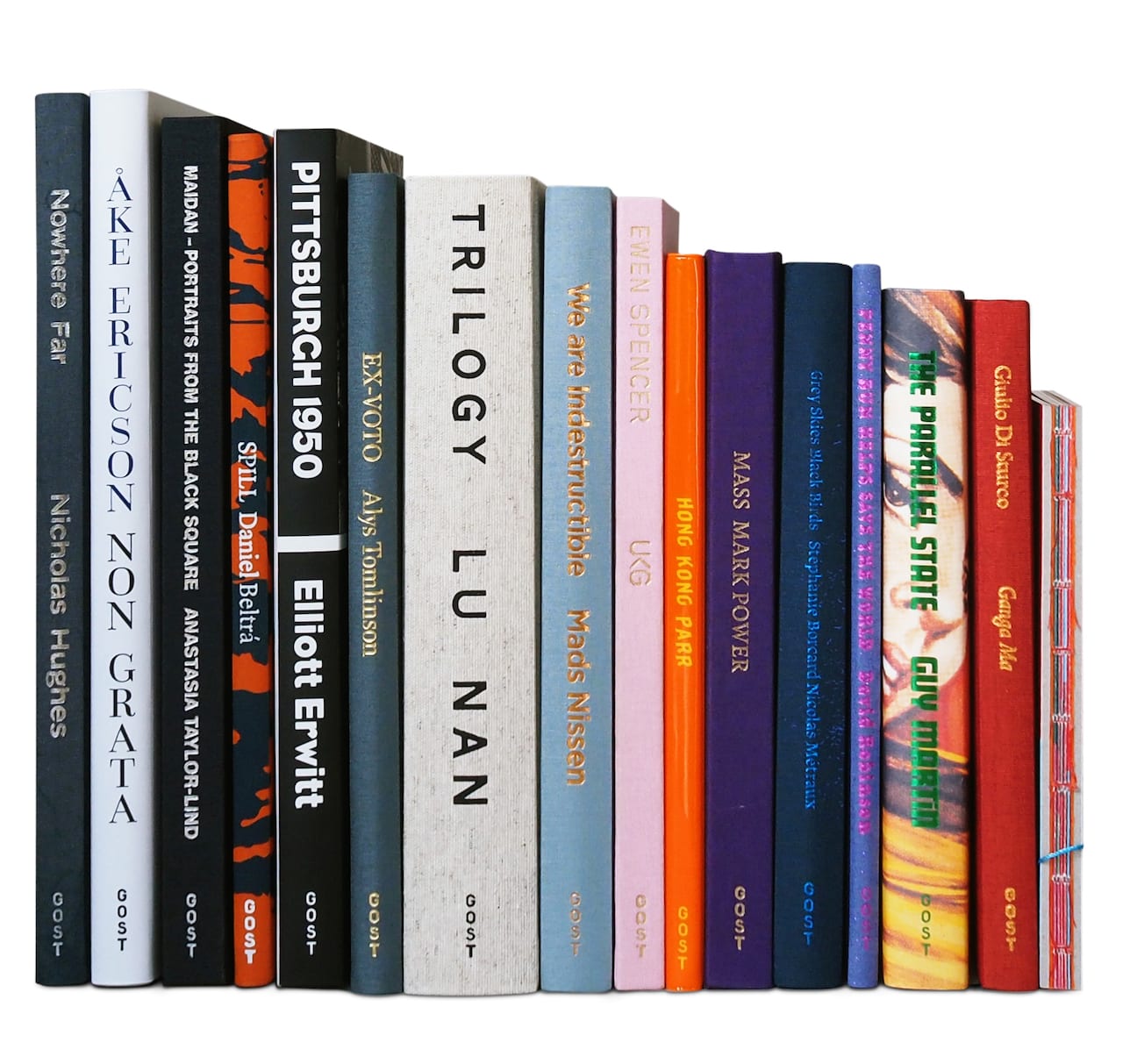
The inaugural award calls for entries from unpublished photographers, with the winning work to be edited, designed, and distributed by the ICP/GOST imprint, along with an exhibition at ICP’s new space in New York
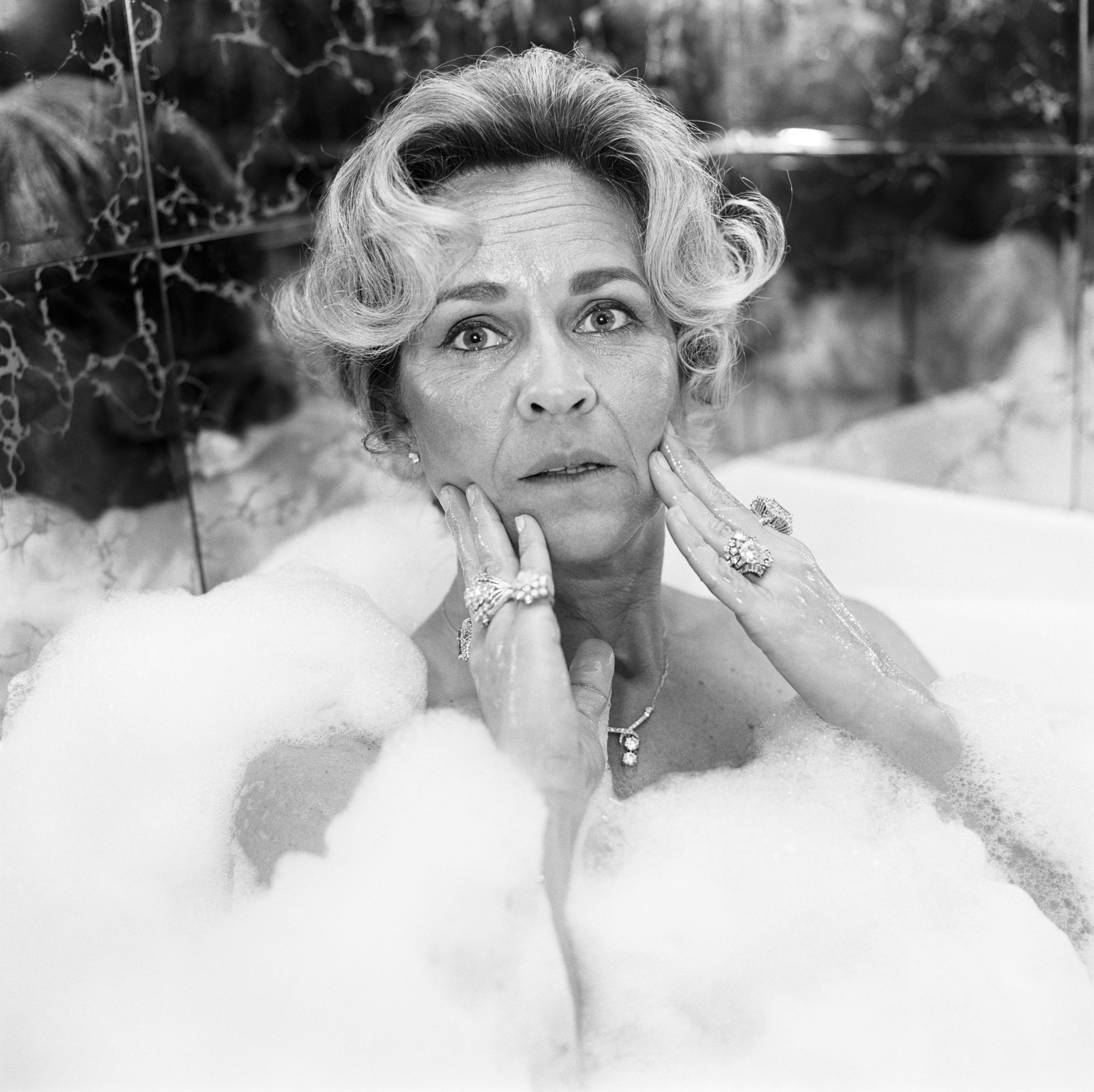
Dawoud Bey, Jess T. Dugan, Rosalind Fox Solomon, Shahidul Alam, and Zadie Smith have been announced as the honourees of this year’s Infinity Awards, organised by The International Center of Photography (ICP) in New York.
American photographer Dawoud Bey will be presented with the Art award, Jess T. Dugan with Emerging Photographer, and Zadie Smith with Critical Writing and Research, for her piece in the New Yorker titled Deana Lawson’s Kingdom of Restored Glory. This year’s jury was composed of: Erin Barnett, director of exhibitions and collections, ICP; David Gonzalez, co-editor, Lens Blog; Kristen Joy Watts, editor of @design, Instagram; and Rhea L. Combs, curator of film and photography, National Museum of African American History and Culture.
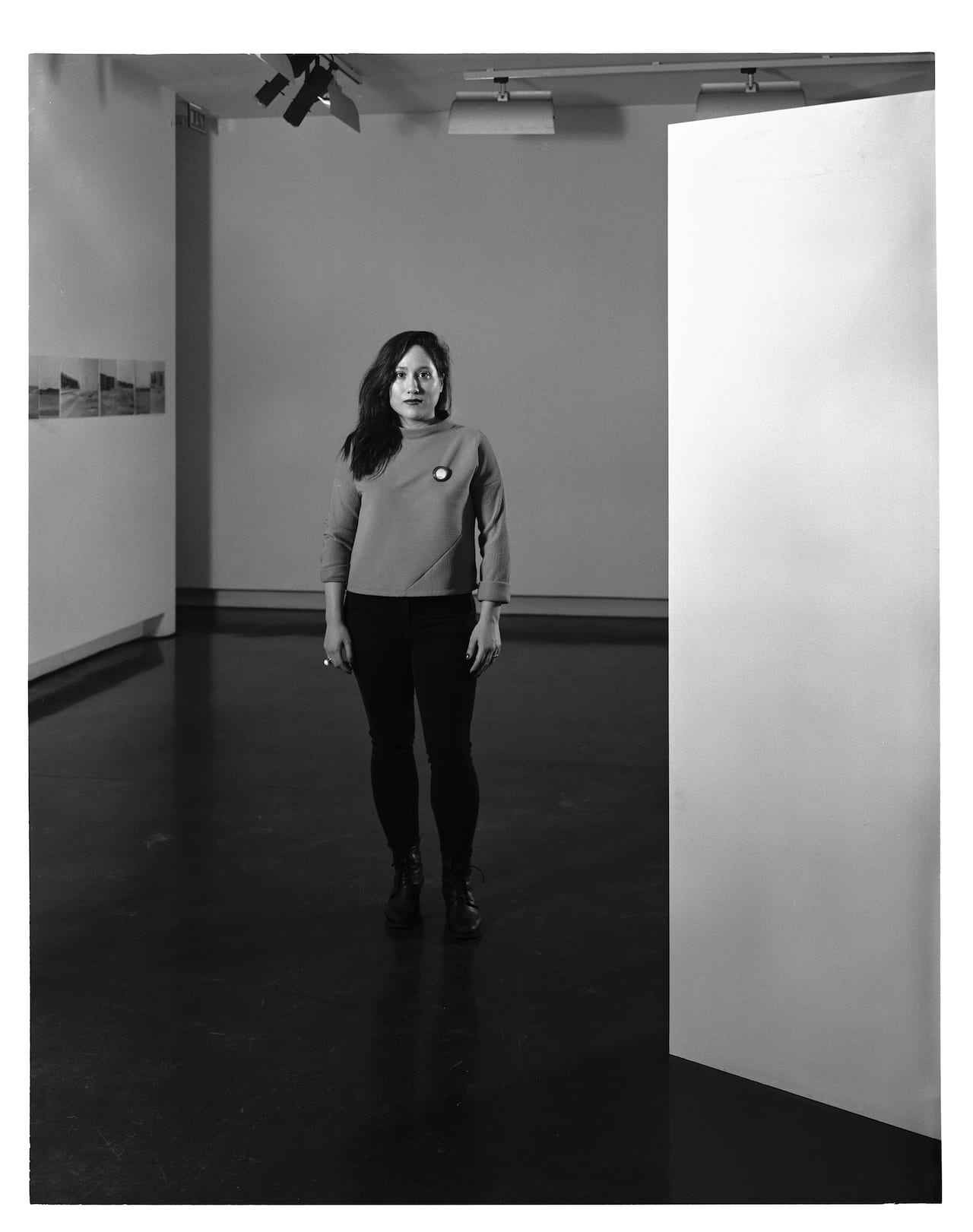
Originally trained as a journalist, Barcelona-born Laia Abril expanded her storytelling methods after studying at New York’s ICP. She is best-known for the first chapter of her long-term project A History of Misogyny, On Abortion, which recently won the Paris Photo-Aperture Foundation PhotoBook of the Year Award and has been shortlisted for the 2019 Deutsche Börse Photography Foundation Prize
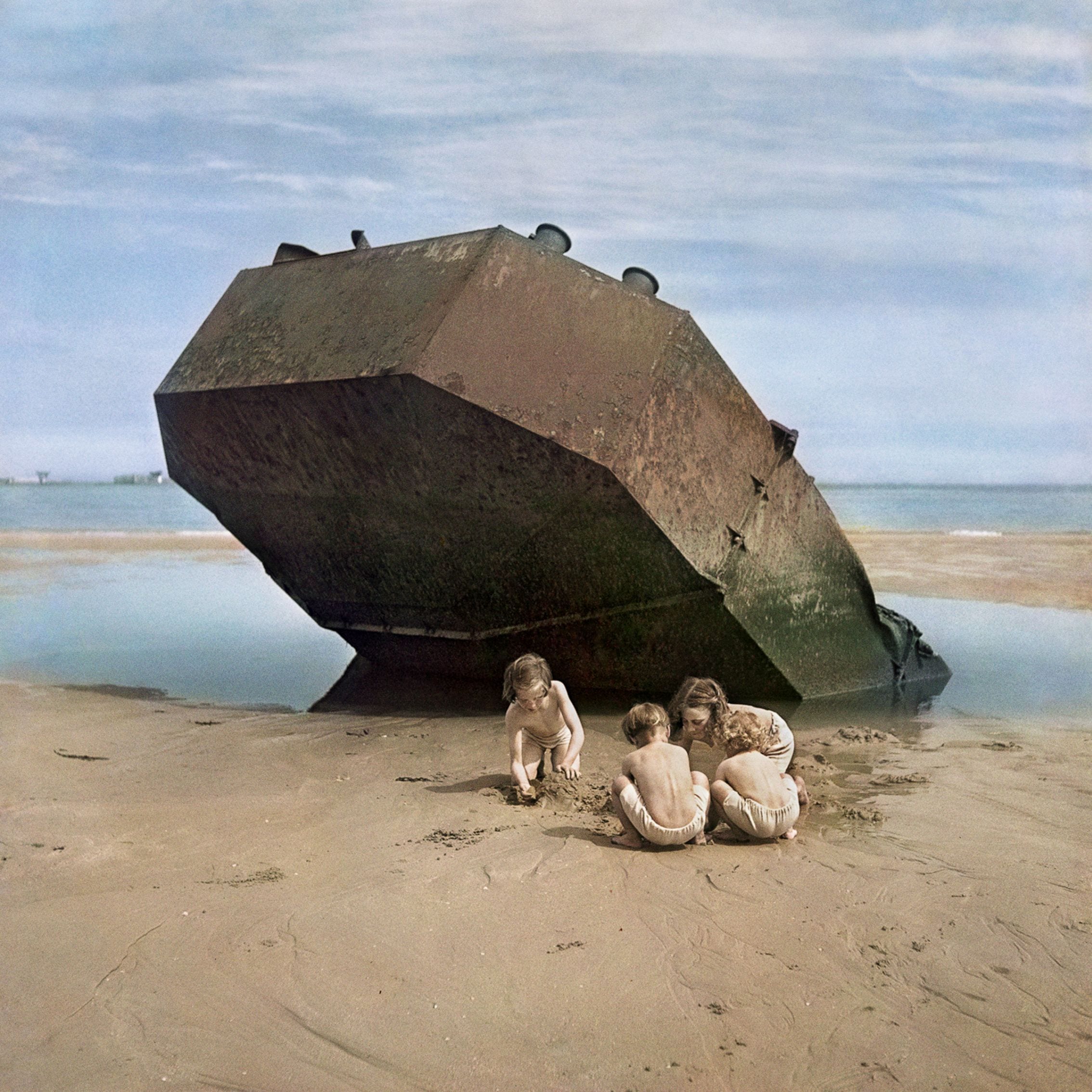
Though he co-founded Magnum Photos with Robert Capa, Henri Cartier-Bresson, and George Rodger and though – like them – he was one of the great documentary photographers of the 20th century, David ‘Chim’ Seymour is less famous than his colleagues. But this winter, a large retrospective in Amsterdam looks set to change all that.
Chim [pronounced “Shim’] acquired his nickname from his surname, because he was born Dawid Szymin in Warsaw, Poland, in 1911. His family was Jewish, and his parents were respected publishers of Yiddish and Hebrew Books; Chim and his parents left Warsaw for Odessa as World War One broke out in 1914, returning to Warsaw in 1919. Chim studied printing in Leipzig, then chemistry and physics at the Sorbonne in Paris, but got into photography while in France and started working as a freelance journalist in 1933. His first credited photograph was published in 1934 in the French communist magazine Regards.
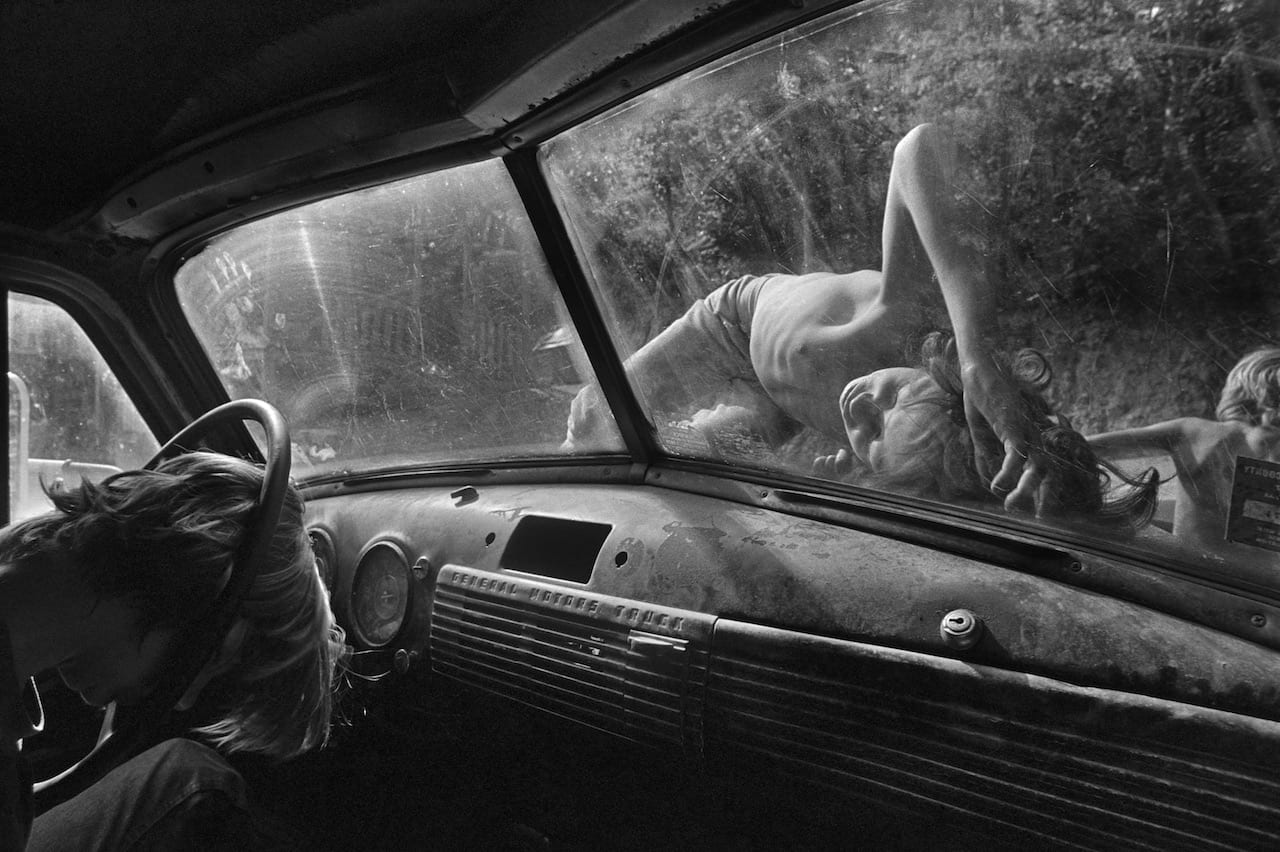
“You’re always looking for that time where everybody forgets you’re there and becomes themselves. Surprisingly, they do, sometimes to the detriment of what you knew about them,” says Eugene Richards, who has devoted his career to documenting social injustice in America, and injecting himself into intensely personal situations.
Richards’ style is up-close and unflinching, “ironically it’s the process of becoming as not there as you possibly can, if you hang around long enough people don’t care”, he says. Though his photography has been described as poetic and lyrical, he has never thought of himself as an artist. “I went in with some knowledge of photography, but mostly with the idea of providing information,” he says.
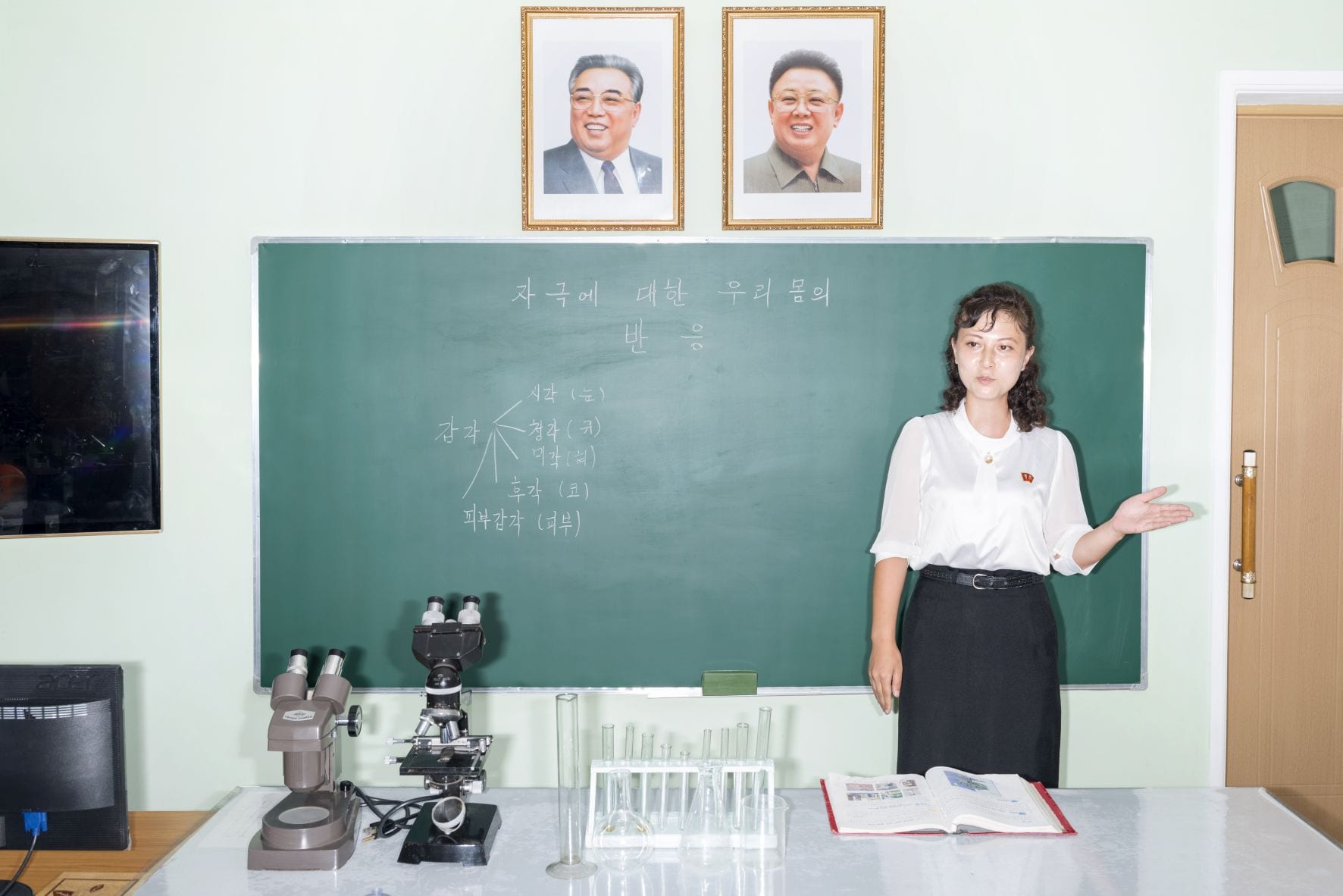
Belgian photographer Max Pinckers has won the prestigious Leica Oskar Barnack Award with his series Red Ink. He receives €25,000, plus a Leica M camera and lens.
Red Ink was shot in North Korea while Pinckers was on assignment for The New Yorker magazine, accompanying journalist Evan Osnos on a four-day trip in August 2017 – the height of the propaganda war with the US. Pinckers’ access to the country was heavily stage-managed by the North Korean government, which carefully set up scenes for him to photograph. Knowing that this would be the case, Pinckers shot the images with a flash, creating a sense of the artificial that tipped the scenes presented to him into the surreal.

In adopting the photobook as his primary medium, using complex sequences as well as free ranging associations to create what’s been described as ‘open metaphors’, Jason Fulford is more interested in questions than answers. He invites readers to become active participants in his work, presenting an open enquiry in which the various interconnecting layers are often cryptic and complex, and the meaning is less important than the experience of looking and thinking.